As a homesteader and prepper, I’ve learned that knowledge is power, especially when it comes to dangerous wildlife. Thankfully, in my neck of the woods, there are only a couple of species we have to worry about, but elsewhere in the U.S. and across the world, there are plenty of snakes that can be deadly to humans. So, wherever you live, it’s important to get to know these creatures so you know what to look out for should you encounter an unfamiliar reptile. While most snakes aren’t aggressive, the venomous ones can pose a serious threat if encountered. I’ve compiled this list of the world’s most venomous snakes to help you stay informed and safe. Remember, the best defense is always awareness and caution.
1. Inland Taipan

The Inland Taipan, found in Australia, tops the list as the most venomous land snake. Its venom is so potent that a single bite contains enough toxin to kill up to 100 adult humans. Fortunately, these snakes are shy and rarely encountered by people. Their neurotoxic venom can cause paralysis and death within 45 minutes if left untreated. The Inland Taipan’s venom is specifically adapted to kill warm-blooded prey, making it particularly dangerous to mammals like humans.
2. Black Mamba

I’ve always been in awe of the Black Mamba’s speed and agility. Native to sub-Saharan Africa, this snake can move at speeds up to 12.5 miles per hour. Its venom is highly neurotoxic and cardiotoxic, causing paralysis and heart failure. Without antivenom, the mortality rate is nearly 100%. Black Mambas are also known for their aggressive defense behavior, often striking repeatedly when threatened.
3. Coastal Taipan
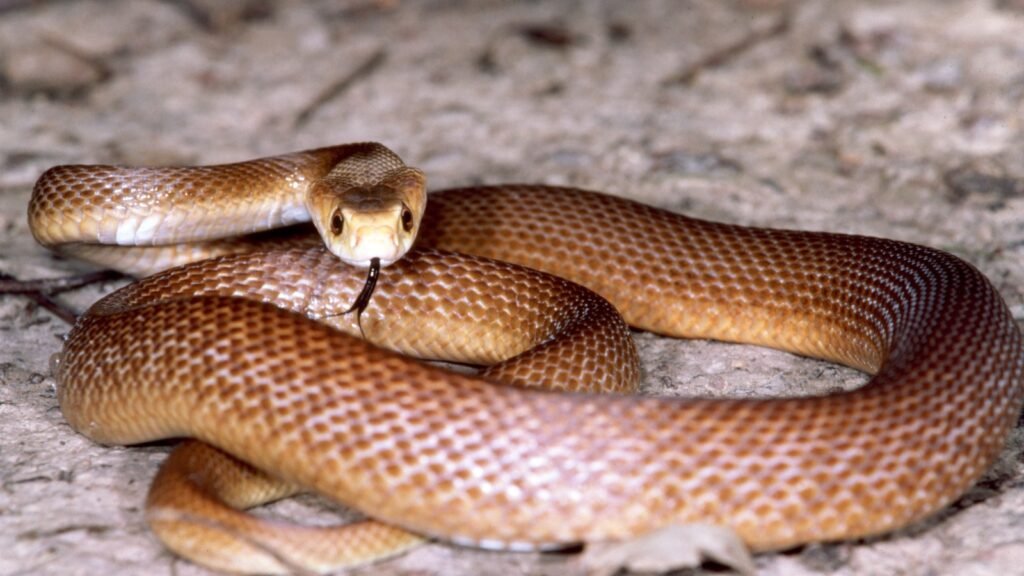
Another Australian native, the Coastal Taipan, has the third most toxic venom of any land snake. Its bite can cause death within 30 minutes if left untreated. What’s particularly dangerous is that it often delivers multiple bites in a single attack, increasing the amount of venom injected. The Coastal Taipan’s venom contains a unique neurotoxin called taipoxin, which is one of the most potent natural poisons known to science.
4. Tiger Snake
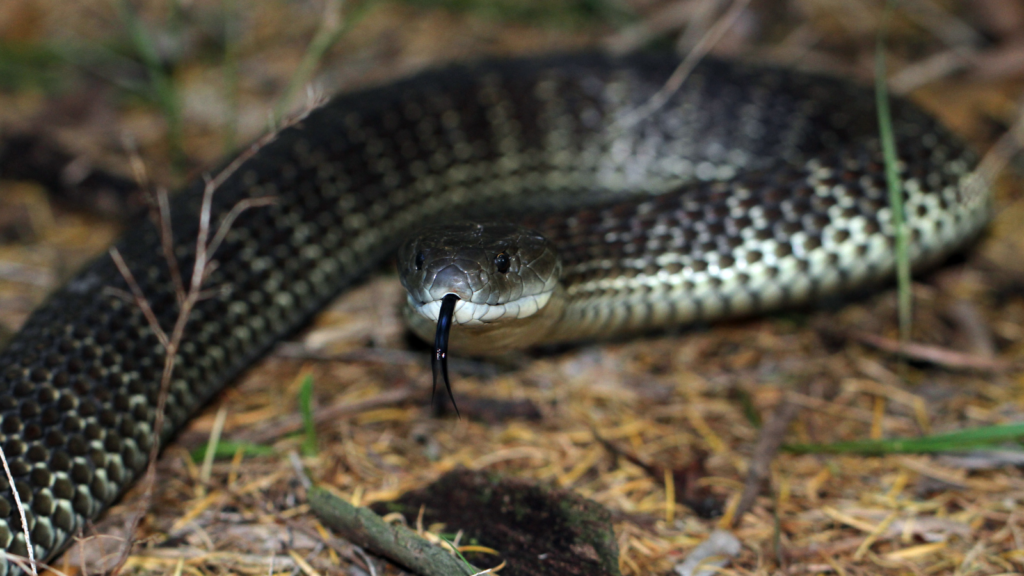
The tiger snake, found in southern Australia, has a potent neurotoxic venom. Its name comes from its banded pattern, which can vary in color. Tiger snake bites have a mortality rate of 40-60% when left untreated. These snakes are excellent swimmers and can often be found near water sources, increasing the risk of human encounters.
5. Yellow-Bellied Sea Snake

This is the only sea snake on our list, and for good reason. Its venom is more potent than any land snake, but it rarely bites humans. Found in tropical oceanic waters, it can’t survive on land. Its venom causes muscle damage, paralysis, and kidney failure. Interestingly, the yellow-bellied sea snake can survive for up to 7 months without fresh water, obtaining all its hydration needs from its prey.
6. Eastern Brown Snake
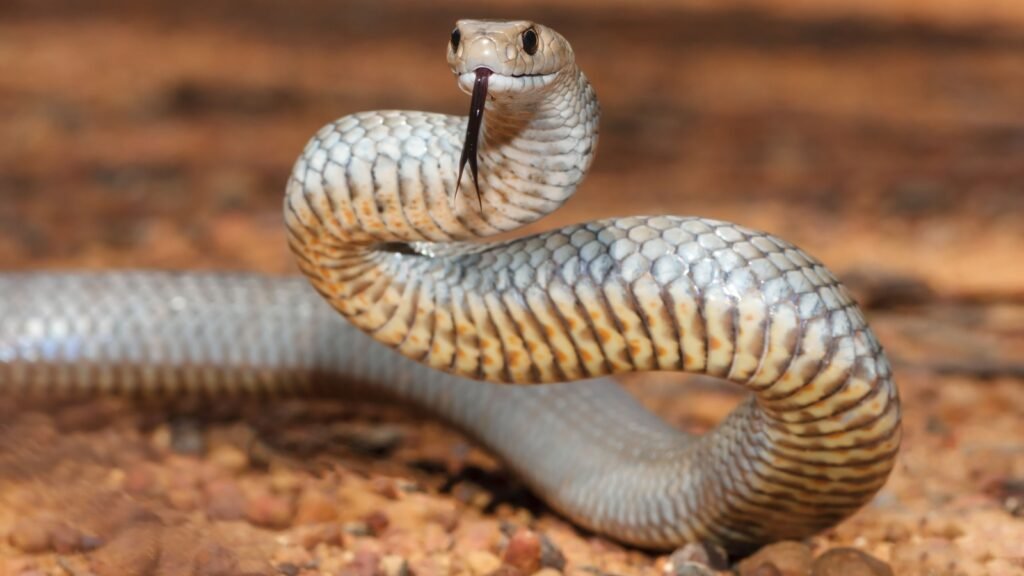
Another Australian snake, the eastern brown is responsible for more deaths in Australia than any other snake. It’s known for its speed and aggression when threatened. Its venom causes progressive paralysis and uncontrollable bleeding, leading to death within hours if untreated. The eastern brown snake is highly adaptable and can thrive in urban environments, increasing the likelihood of human encounters.
7. Saw-Scaled Viper

This small but deadly snake is found in the Middle East and Indian subcontinent. It’s responsible for more human deaths than any other snake due to its wide distribution in populated areas. Its hemotoxic venom causes severe internal bleeding. The saw-scaled viper gets its name from the rasping sound it makes by rubbing its scales together as a warning before striking.
8. King Cobra
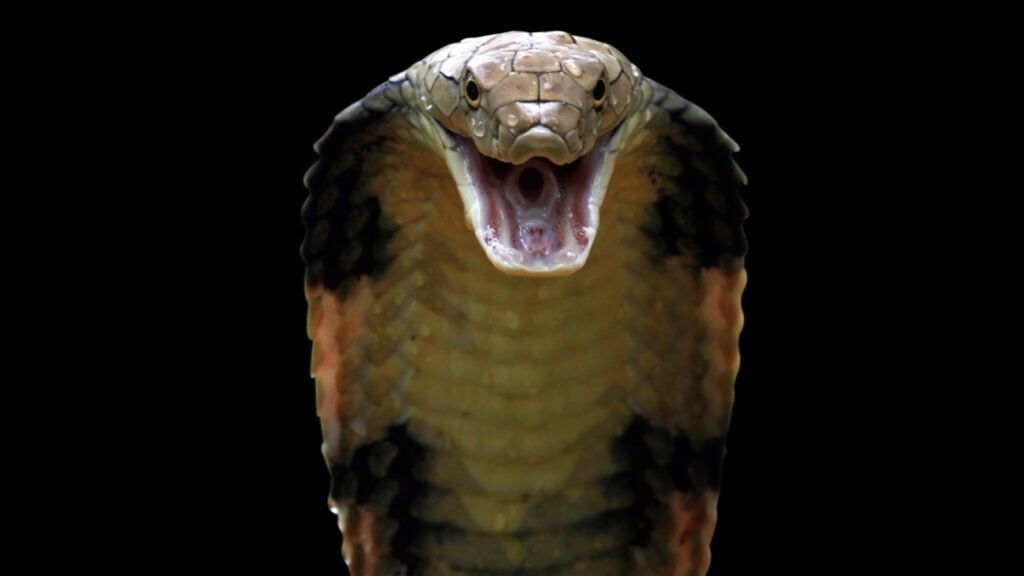
The king cobra is the longest venomous snake, reaching up to 18 feet. Found in Southeast Asia, its venom is not the most potent, but it delivers a massive amount in each bite. A single bite can kill an elephant or up to 20 people. King cobras are also the only snakes known to build nests for their eggs, which they fiercely defend.
9. Philippine Cobra

This highly venomous snake is found in the Philippines. Its venom is a potent neurotoxin that can cause death within 30 minutes. What makes it particularly dangerous is its ability to spit venom accurately at a target up to 3 meters away. The Philippine cobra is also an excellent swimmer and can be found in both terrestrial and aquatic environments.
10. Russell’s Viper

Found in Southeast Asia, Russell’s viper is responsible for thousands of deaths each year. Its hemotoxic venom causes severe pain, swelling, and bleeding. In my studies, I’ve learned that some victims suffer pituitary gland damage, leading to long-term complications. Russell’s viper has a unique heat-sensing pit organ between its eyes, allowing it to detect warm-blooded prey even in complete darkness.
11. Blue Krait

The blue krait, found in Southeast Asia, has one of the most potent venoms of any land snake. Its neurotoxic venom causes paralysis and respiratory failure. Interestingly, it’s mostly active at night, increasing the risk of accidental encounters. Blue kraits are known for their cannibalistic behavior, often preying on other snakes, including venomous species.
12. Death Adder

Despite its name, the death adder isn’t the deadliest snake, but it’s certainly dangerous. Found in Australia and New Guinea, it has long fangs and fast-acting neurotoxic venom. What makes it particularly risky is its ambush hunting style, often hiding in leaf litter. The death adder is one of the few snakes that use caudal luring, wiggling its tail like a worm to attract prey.
13. Black-Necked Spitting Cobra

This African snake can spit its venom up to 2 meters, aiming for the eyes of its target. While not typically lethal, its venom can cause blindness if it reaches the eyes, severe pain, and tissue damage. The black-necked spitting cobra has specialized fangs with front-facing holes, allowing it to spray venom with remarkable accuracy.
14. Fer-de-Lance

The fer-de-lance, found in Central and South America, is responsible for many snakebite incidents. Its hemotoxic venom causes severe tissue damage and internal bleeding. It’s known for its aggressive temperament when threatened. Female fer-de-lances are capable of storing sperm for months, allowing them to give birth to live young even when males are scarce.
15. Belcher’s Sea Snake

Often cited as the most venomous sea snake, the Belcher’s sea snake is found in the waters of Southeast Asia and northern Australia. Its venom is believed to be 100 times more potent than that of a cobra. Fortunately, it’s not aggressive and rarely bites humans. Belcher’s sea snakes have a unique adaptation that allows them to absorb oxygen through their skin, enabling them to stay underwater for extended periods.
16. Puff Adder

The puff adder, found throughout sub-Saharan Africa, is responsible for more snakebite fatalities in Africa than any other snake. Its cytotoxic venom causes severe pain, swelling, and tissue damage. What makes it particularly dangerous is its habit of sunbathing on footpaths. Puff adders are known for their incredible camouflage and their ability to strike with lightning speed, moving from a resting position to a full strike in just 0.25 seconds.
17. Green Mamba
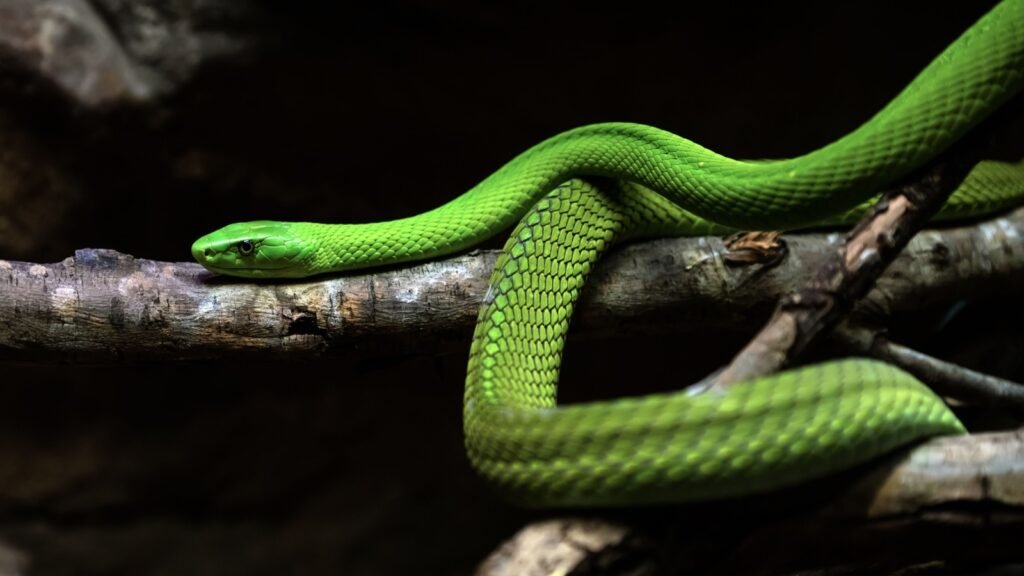
The green mamba, native to the coastal regions of southern East Africa, is a highly venomous tree snake. Its neurotoxic and cardiotoxic venom can cause death within 30 minutes. Its green coloration makes it particularly hard to spot in trees. Green mambas are known for their arboreal lifestyle, rarely descending to the ground except to hunt or mate.
18. Mojave Rattlesnake

Found in the deserts of the southwestern United States and central Mexico, the Mojave rattlesnake has a neurotoxic venom that’s considered the most potent of all rattlesnakes. Its venom can cause paralysis and respiratory failure. Unlike most rattlesnakes that have primarily hemotoxic venom, the Mojave rattlesnake’s venom is predominantly neurotoxic, making it uniquely dangerous among its relatives.
19. Indian Cobra

The Indian cobra, iconic in Indian culture, is one of the “Big Four” snakes responsible for the most snakebite cases in India. Its venom causes paralysis and respiratory failure. It’s known for its distinctive hood and ability to stand up to a third of its length. The Indian cobra plays a significant role in Hindu mythology and is often associated with Lord Shiva, one of the principal deities of Hinduism.
20. Timber Rattlesnake

Native to the eastern United States, the timber rattlesnake has a hemotoxic venom that destroys blood cells and causes organ damage. While not as potent as some other snakes on this list, it delivers a large amount of venom per bite. Timber rattlesnakes are known for their long hibernation periods, often spending up to seven months of the year in communal dens.
21. Yellow-Lipped Sea Krait

This sea snake, found in the waters of Southeast Asia and Australia, has a venom more potent than any land snake. However, it’s generally docile and rarely bites humans. Its venom causes paralysis and muscle damage. Yellow-lipped sea Kraits are unique among sea snakes in that they spend a significant amount of time on land, often coming ashore to rest, digest their food, and lay eggs.
22. Many-Banded Krait

Found in Southeast Asia, the many-banded krait has a potent neurotoxic venom. It’s mostly active at night and responsible for many bites when people accidentally step on it. Its venom causes paralysis and respiratory failure. The Many-Banded Krait’s venom contains a powerful neurotoxin called α-bungarotoxin, which has been used in scientific research to study nerve function.
23. Eastern Diamondback Rattlesnake

The largest venomous snake in North America, the eastern diamondback rattlesnake has a hemotoxic venom that destroys tissue and causes internal bleeding. Its distinctive rattle serves as a warning to potential threats. Eastern diamondbacks can live up to 20 years in the wild and are capable of delivering enough venom in a single bite to kill up to 10 people.
24. Boomslang

The boomslang, found in sub-Saharan Africa, has a highly potent hemotoxic venom. Interestingly, it’s a rear-fanged snake, meaning its fangs are located at the back of its mouth. Its venom causes internal and external bleeding, and symptoms may not appear until many hours after the bite. The boomslang is known for its large eyes and exceptional vision, which it uses to hunt birds and chameleons in the treetops.

